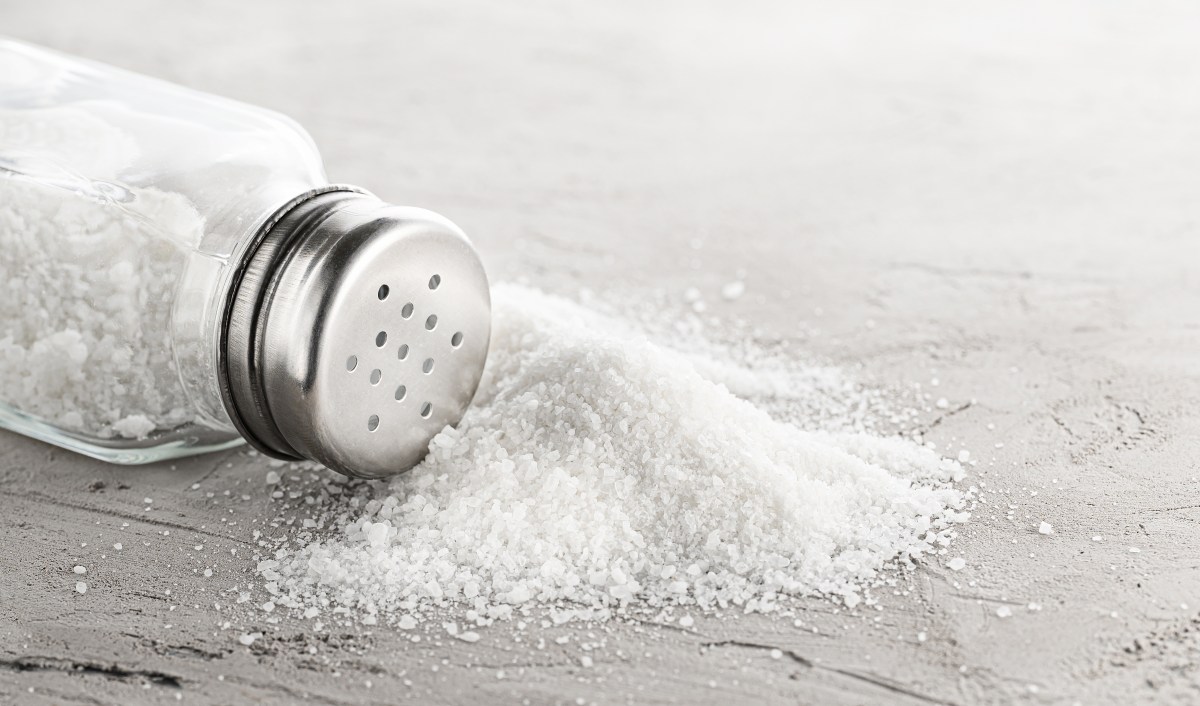In ancient times, it was already imagined that on the other side of the world there were more parts of the Earth, due to geometric symmetry. But the Dutch explorer Abel Tasman did not discover the lands that are now known as New Zealand until 1642, but he was disappointed by the size of the lands he found, as they seemed to him very small.
Aristotle, Eratosthenes, and Ptolemy gave it this name terra australis ignota, But the existence of this continent was not confirmed until 375 years later, even though 94% of its territory is under water. The map has been completed, which shows the entire surface of the continent of Zealandia, or as it is known in the Maori language, Te Reo a Maui. This has been made possible thanks to the study of rocks extracted from the ocean floor.
The surface of this continent covers 5 million square kilometers, and is linked to Gondwana, the ancient southern continent that divided hundreds of millions of years ago, forming the continents we know today. New Zealand separated 80 million years ago, with the difference that it was submerged in the ocean and the only territory that remained on the surface was the islands of New Zealand, the territory of New Caledonia, Howe Island, and Pyramid Bull. For this reason, being submerged in the ocean, Zealandia’s surface has been little and poorly studied, but with recent research by geologist Nick Mortimer, the missing two-thirds of the map has been identified and the 5 million square kilometer area has been completed. .which represents the aforementioned surface.
To create this map, the basalts, sandstones and sandstone pebbles were analyzed and dated, revealing that they belong to the Upper Cretaceous (about 95 million years ago) and contain granite and volcanic pebbles of the Lower Cretaceous (130 to 110 million years ago). years), while the basalt gave a date to the Eocene era (about 40 million years).
After Abel Tasman sighted the land that later became known as the island of Tasmania, more explorers wanted to find the lost region, not realizing they were sailing over it. One piece of evidence for its existence was collected by Scottish naturalist James Hector, who studied the islands off the southern coast of New Zealand in 1895 and concluded that the country was the remains of mountain ranges that formed the crest of a large continental area that extended south and east and is now submerged.

Then, in 1995, American geophysicist Bruce Luyendyk described the area again and named it Zealandia. This continent is 20 kilometers deep, because its shelf was overextended at the time of the breakup of Gondwana, and because of its thinness, this area sank. But according to scientists, Zealandia is a continent because of the type of rocks it consists of.
According to UNCLOS, countries can extend their legal territories beyond their exclusive economic zone, up to 370 kilometers from their coasts, to claim an “extended continental shelf,” along with all their mineral and oil wealth. Covers. For this reason, New Zealand can increase its territory by up to 6 times more.
Share science, share knowledge.

“Proud web fanatic. Subtly charming twitter geek. Reader. Internet trailblazer. Music buff.”







More Stories
The final moments of the “Halloween Comet” were captured by the SOHO spacecraft
University of Michigan scientists have discovered what’s inside a black hole
NASA shares the scariest images of the sun in the lead-up to Halloween